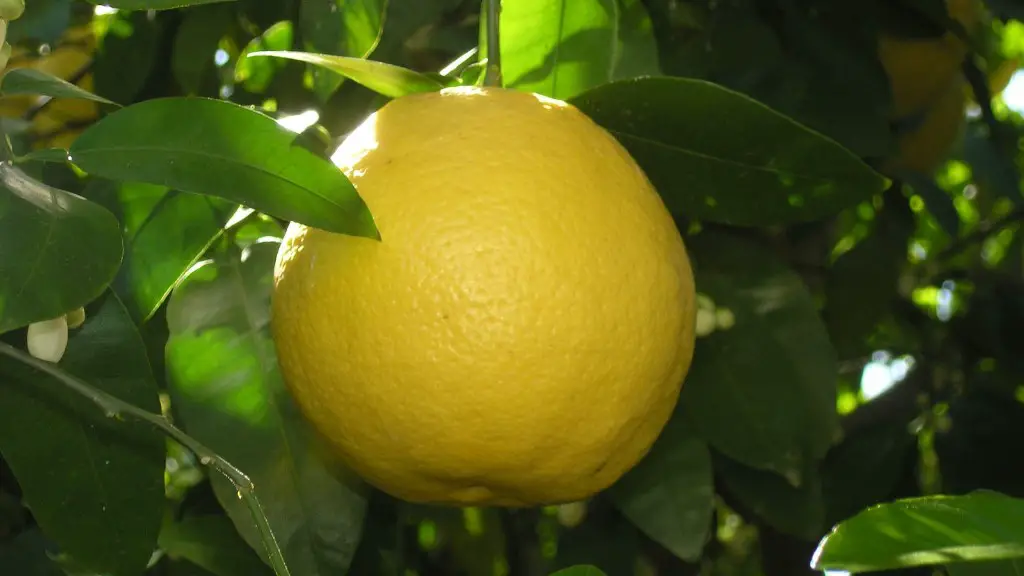Steps to propagating Palm Trees
Palm trees are some of the most iconic trees to many countries. Not only do they bring beauty to a landscape, but they can also provide necessary shade in warmer climates. Propagating a palm tree is relatively easy and can bring back a bountiful harvest. Here is a step by step guide on how to go about propagating your palm tree plants.
The first step when propagating a palm tree is ensuring you have the right type of soil. Make sure the soil is adequately drained and not too moist. If the soil is not of an appropriate quality, the palm tree can become damaged easily and the process may be unsuccessful. Experts suggest adding garden soil to the mix for added nutrients for your plant.
The next step is to prepare the individual cells for propagation. Setup individual cells or a flat and line them with dampened sphagnum moss. This prevents clogging of the soil and provides a moist environment for the palm tree. Fill the cells or flat with the soil mixture your prepared adding extra drainage material beneath the soil.
Once the cells are prepared it is time to plant the seed or cuttings. If you are propagating with a seed, place one in each cell and cover the seed lightly with soil. If you are propagating with a cutting, make sure to already have the root structure to the cutting before it is placed in the cell. Push down slightly and add more soil to ensure the seed or cutting is securely placed.
When planting has finished, it is important to make sure the cells which have been planted are kept moist and under the right conditions. Place the cells in an area where it can receive adequate sunlight and air circulation, a greenhouse is perfect for this. Keep the cells moist but not saturated and add covering over the cells or flat if needed.
The last step is to look after the planted cells. Make sure the cells are kept moist but not overly soggy and monitor the environment carefully. Once the young tree begins to take hold after germination, feel free to fertilize the cell with a liquid feed. Keep up the same routine for the young palm trees and within 8-16 weeks the tree will be ready to be taken from the cell and transplanted.
Protecting Palm Tree Plants
Under this heading, we will focus on how to keep your palm trees safe and healthy. When propagating your palm trees, ensure to place them in an area where they can be inspected and monitored regularly. Be sure to act quickly if you notice stunted growth or disease, and make any necessary fertilizer or soil changes immediately as this can help you to prevent any long-term damage.
In addition, make sure that the area they are planted in is free from weeds and pests. As plants, they can be vulnerable to attacks from mammals, insects or other unwanted gatherings. Regularly examine the soil and the individual cells and clear away any visible issues. Adding fungicides or pest repellants can be helpful to keep away any unwanted critters.
Also, be sure to water your palm tree plants evenly and thoroughly and allow the soil to dry out in-between waterings to prevent root rot. Too much water can also be a problem, so be mindful of the surrounding soil and environment when watering your plants.
Finally, as palm trees grow, keep an eye out for any adverse reactions to the external environment. Wind and rain can cause significant damage to these plants, so be sure to shield the plants from any excessive weather. Also, pest infestations can spread quickly if the environment is not kept clean and the plants are not monitored regularly.
Types of Palm Tree Propagation
This section looks at the different types of palm tree propagation, and how you can use these methods to propagate your own palm trees. The two main types of propagation methods are by seed and by cuttings.
Propagating by seed is the traditional, and often most successful method of propagating palm tree plants. You will need a strong seed, good soil to sow the seed and time for the germination process. Often the seed will germinate and within 8 to 16 weeks the tree is ready to harvest, at which point it can be transplanted to the desired location.
Alternatively, you can use cuttings to propagate your palm tree plants, meaning the entire root structure is already in place. This helps to speed up the propagation process significantly, as there is no need for germination and the palm tree does not need to be planted in a cell, a pot or in the ground. However, for this process, you need access to another strong, healthy and mature palm tree in order to take cuttings from it.
Another type of propagation is vegetative propagation, allowing palm trees to grow from parts of another existing tree. This is done by taking stem or stem-like parts from a mature tree and replanting them in the desired area; such as using suckers or offshoots from a mature tree to form a new one.
Common Palm Tree Propagation Mistakes
Propagating palm tree plants is relatively fast and easy to do, but it can also be fairly challenging. Often times, people make common mistakes while propagating palm trees, this section looks further into how to avoid these mistakes.
One mistake is not providing your palm trees with the right environment conditions to grow. Be sure to take into consideration sunlight, air flow, soil and water levels, as all of these factors can significantly reduce the success rate of any propagation. Poor soil can also hinder growth, and although more expensive, it is best to invest in a quality outdoor soil.
Additionally, when propagating from seed or cuttings it is important to remember that the success rate can be low. It is likely that not all will survive during this process and it is important to be prepared for that possibility. However, those that do survive will likely be healthy and strong, especially if all conditions are met during the propagation process.
Also, make sure to handle young palm tree plants with care, as their roots are not as strong and sturdy as that of a mature tree. Be careful when moving the cells or pots to another location, try to minimize disruption and keep the environment consistent. Moreover, if you are harvesting more than one palm tree, remember to allow enough room between the palms to prevent overcrowding.
Harvesting Propagated Palm Trees
Once the palm tree plants have germinated and the root structure has taken hold, you can harvest the tree by transplanting it to the desired spot. If growing in an individual cell, carefully slide it out and place in a pot before transplanting.
Experts suggest fertilizing the soil before transplanting and once the tree has been planted, give plenty of water over the first couple of weeks to help the plant take hold. Again, monitor soil levels and water evenly, allow the soil to dry out completely in-between waterings.
Also, take into consideration the environment of the intended transplantation area. Shield your plants from the wind and consider adding some protection during colder winter periods (dependant on species). Furthermore, it is important to remember that palm trees need plenty of sunlight in order to survive and thrive, so make sure to check the area receives ample sunshine throughout the day.
Common Pests and Diseases
One thing to consider when propagating and caring for palm tree plants is possible diseases and pest infestation. Be sure to check the soil and individual cells regularly for signs of disease and pests. In particular, look out for scale and mites, as these can spread quickly across the entire area if not caught early enough. Making sure the environment is free of weeds and pests can reduce the chances of such issues.
If you notice any pests on your palms, it is important to take action immediately. Use a pesticide, insecticide or fungicide to help reduce the spread. You should also consult an expert who can help to identify the type of pest or disease you are dealing with.
In addition, be sure to monitor your plants carefully for signs of nutrient deficiency. These can range from yellow leaves to blanched foliage, and can be treated with a powerful fertilizer. The goal should be to encourage healthy plant growth, so make sure the immediate environment is such that your palm plants have plenty of room to grow.
Conclusion
Propagating a palm tree is a relatively simple process, but it does require appropriate care and advice along the way. By following the steps outlinned in this article and expanding on the further tips given by experts, it is possible to successful propagate palm tree plants and create a lush landscape.



